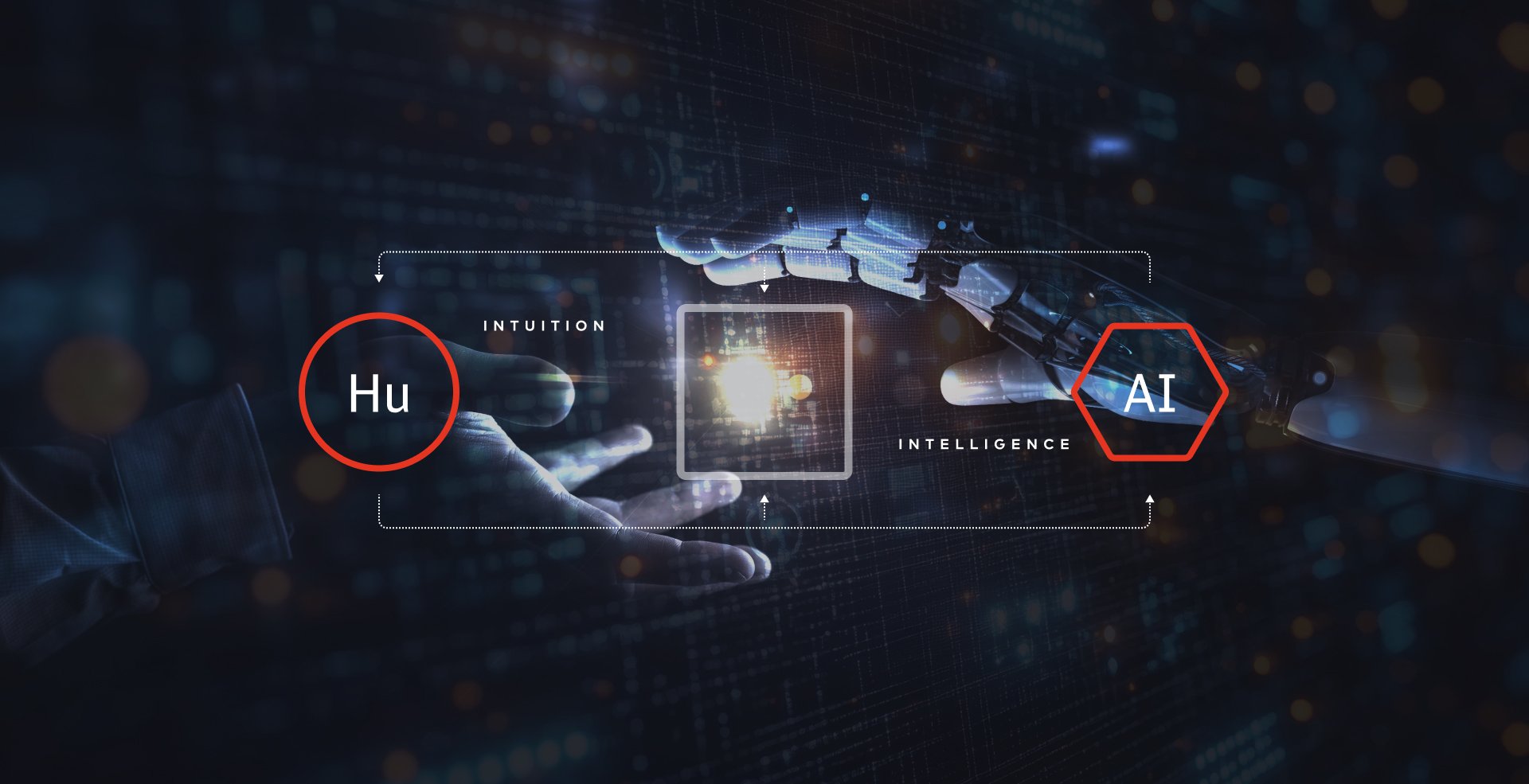AI Meets Human Intuition: The Hybrid Approach That Powers Modern Design
How Can Human Intuition Enhance AI? Let’s Explore the Hybrid Future.
Have you ever wondered why some AI-driven decisions feel "off," despite the data being technically correct? That’s where human intuition steps in. AI is transforming industries, streamlining processes, and making decisions faster than ever. But as automation takes over, one critical element must not be overlooked—humans. Keeping people "in the loop" is not just about oversight; it’s about ensuring that AI serves as an augmentation tool rather than a replacement.
In today’s fast-paced digital landscape, businesses must strike the right balance between efficiency and human intuition to avoid automation pitfalls and maintain operational excellence.
Why Human Oversight Matters
AI excels at processing vast amounts of data, detecting patterns, and making rapid decisions—but it lacks human judgment, contextual awareness, and ethical reasoning. Over-reliance on AI can lead to:
Skill Degradation: As AI handles more tasks, human expertise can erode, leaving operators ill-prepared to intervene in critical situations.
Automation Bias: Blind trust in AI recommendations can result in overlooking errors that only human intuition can catch.
Unexpected Failures: AI systems may struggle with anomalies or edge cases, requiring human intervention to prevent costly mistakes.
Think about a time when data pointed one way, but your gut told you something was off. That instinct can be the difference between a minor hiccup and a major failure.
Striking the Right Balance
To ensure AI remains an enabler rather than a liability, organizations must adopt a Human-in-the-Loop (HITL) approach, where AI and human intelligence work in tandem. Key strategies include:
Decision Support, Not Replacement: AI should provide insights and recommendations, but final decisions should rest with human operators who bring critical thinking and contextual understanding.
Continuous Training: Employees must stay engaged with AI tools to maintain their expertise and ensure they can step in when needed.
Transparency and Explainability: AI systems should offer clear, interpretable outputs so human users can validate and adjust actions accordingly.
How does your team strike this balance? Are you leveraging AI as a support tool, or is there a risk of over-reliance?Reflecting on these questions can uncover gaps in your current processes.
Industries Where Human-AI Collaboration is Essential
Certain industries require an extra layer of human vigilance to complement AI’s capabilities:
Healthcare: AI-driven diagnostics assist doctors, but human judgment is critical in treatment planning. Would you trust an AI to make a life-or-death decision without a doctor’s input?
Logistics: While AI optimizes supply chains, human oversight ensures adaptability to unexpected disruptions, such as natural disasters or supply shortages.
Energy and Utilities: AI monitors infrastructure, but operators must intervene during emergencies to prevent system failures and ensure public safety.
The Future: A Hybrid Approach
The future of automation isn’t a choice between humans or AI—it’s a partnership. The most successful businesses will be those that embrace a hybrid model, leveraging AI’s speed and efficiency while maintaining human oversight and adaptability.
Call to Action
By keeping humans in the loop, companies can harness AI’s full potential while safeguarding against its limitations.
How is your organization embracing the hybrid approach? Share your experiences or insights in the comments—we’d love to hear how human intuition and AI collaboration are shaping your industry.
Because in a world driven by automation, human insight remains the most valuable asset.

